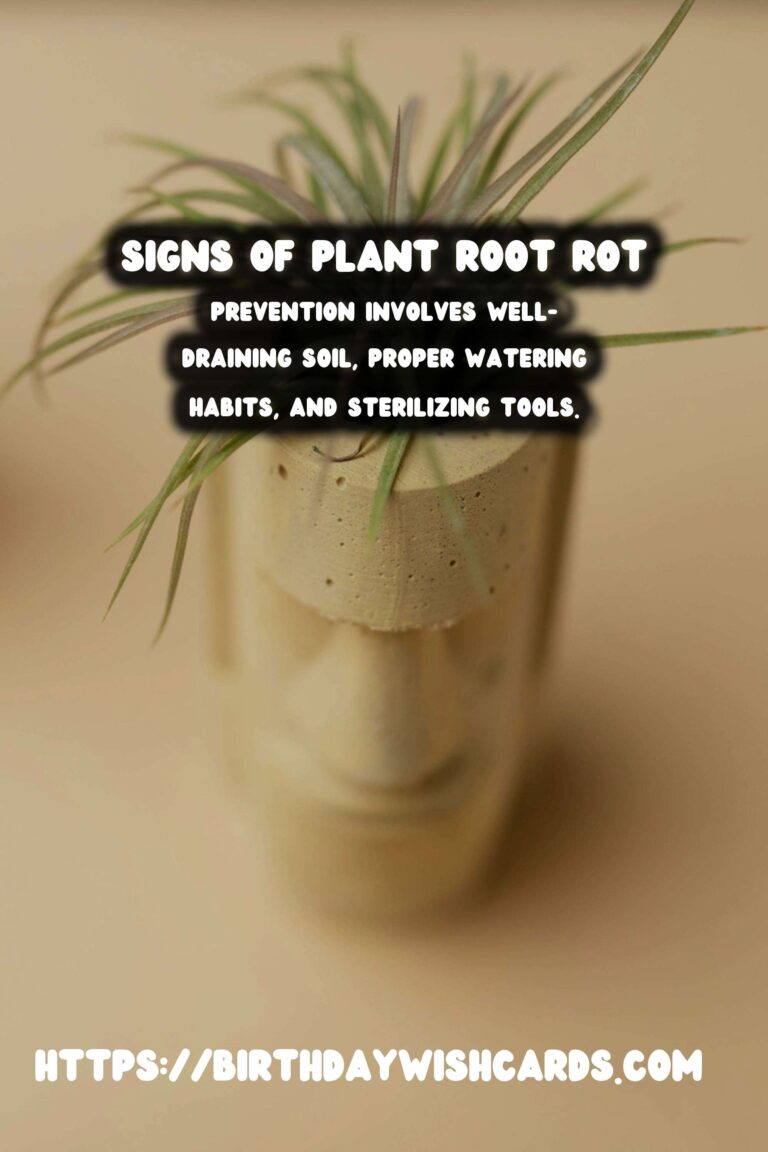
Root rot is a common yet serious issue that affects many plant species. It occurs when the roots of a plant decay due to overwatering, poor drainage, or fungal infections. Understanding early signs of root rot is crucial for plant health and can prevent irreversible damage.
What is Root Rot?
Root rot is a condition characterized by the decay of a plant’s roots. This decay is typically caused by waterlogged soil that creates an environment conducive to fungal growth. Fungi such as Pythium, Phytophthora, and Rhizoctonia are often responsible for root rot. They attack the root system, leading to symptoms that can severely affect the plant’s health.
Early Signs of Root Rot
Detecting root rot early can be the difference between saving your plant and losing it. The first signs of root rot often involve changes in the plant’s appearance. Leaves may become yellow or wilted, despite adequate watering. The plant may also show signs of stunted growth, as the roots are unable to support its needs.
Another tell-tale sign of root rot is the smell. Affected roots may emit a foul odor, similar to that of decaying matter. This is a clear indicator that the roots are in trouble and need immediate attention.
Causes of Root Rot
Understanding the causes of root rot can help in preventing it. Overwatering is the most common cause. When soil remains constantly wet, it lacks the oxygen necessary for root health. Additionally, poor drainage can exacerbate the problem, leading to an environment where fungi thrive. Using contaminated tools or pots can also introduce fungi to the plant, increasing the risk of root rot.
Preventing Root Rot
Prevention is key when it comes to root rot. Ensure that your plants are in well-draining soil and that pots have adequate drainage holes. Water your plants only when the top inch of the soil feels dry to the touch. It is also beneficial to sterilize gardening tools regularly to prevent the spread of fungi.
Choosing disease-resistant plant varieties can also reduce the risk of root rot. Additionally, avoid overcrowding plants, as this can create a humid environment that is conducive to fungal growth.
Treatment Options
If root rot is suspected, it is important to act quickly. Remove the affected plant from its pot and gently wash the roots under running water. Trim away any mushy or rotten roots with sterilized scissors. Repot the plant in fresh, well-draining soil, and adjust your watering habits to prevent recurrence.
In severe cases, fungicides may be necessary. These should be used with caution and as a last resort, as they can harm beneficial organisms in the soil.
Conclusion
Root rot is a potentially devastating condition for plants, but with early detection and proper care, it can be managed or even prevented. By understanding the early signs and causes, as well as implementing effective prevention strategies, you can keep your plants healthy and thriving.
Root rot is caused by overwatering, poor drainage, or fungal infections. Early signs of root rot include yellowing leaves and a foul odor from the roots. Prevention involves well-draining soil, proper watering habits, and sterilizing tools. Treatment includes removing affected roots and repotting in fresh soil. 
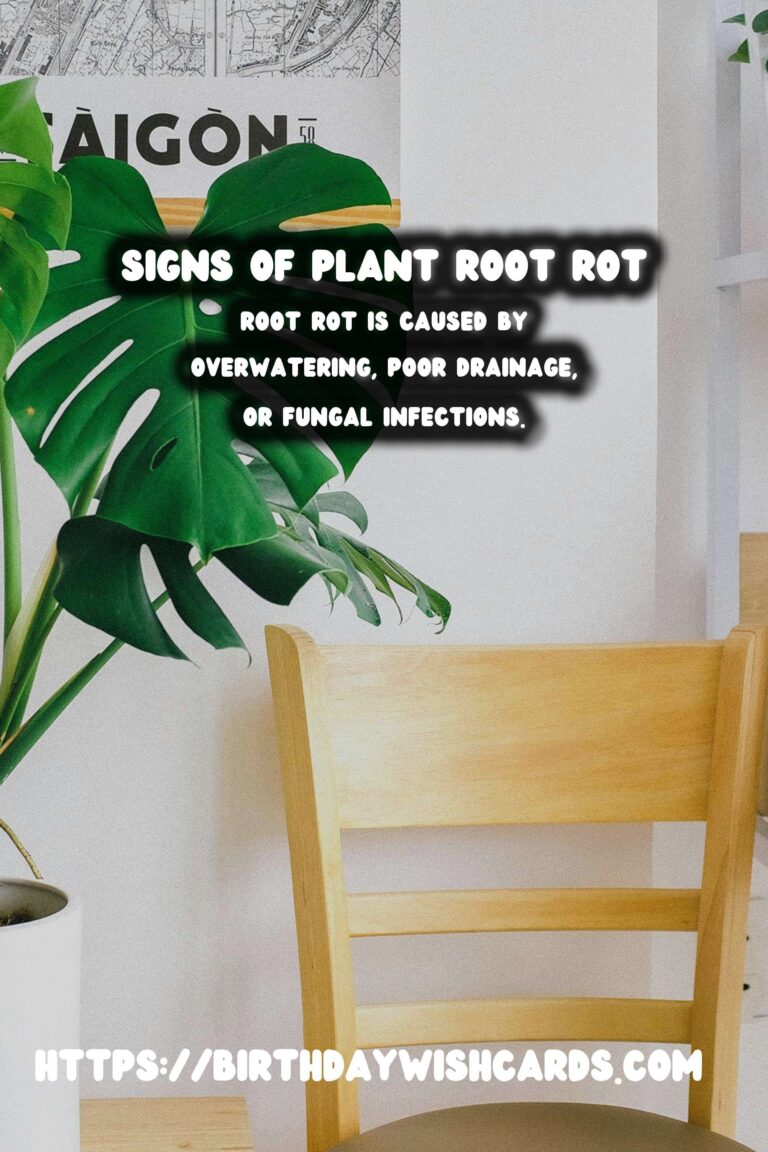
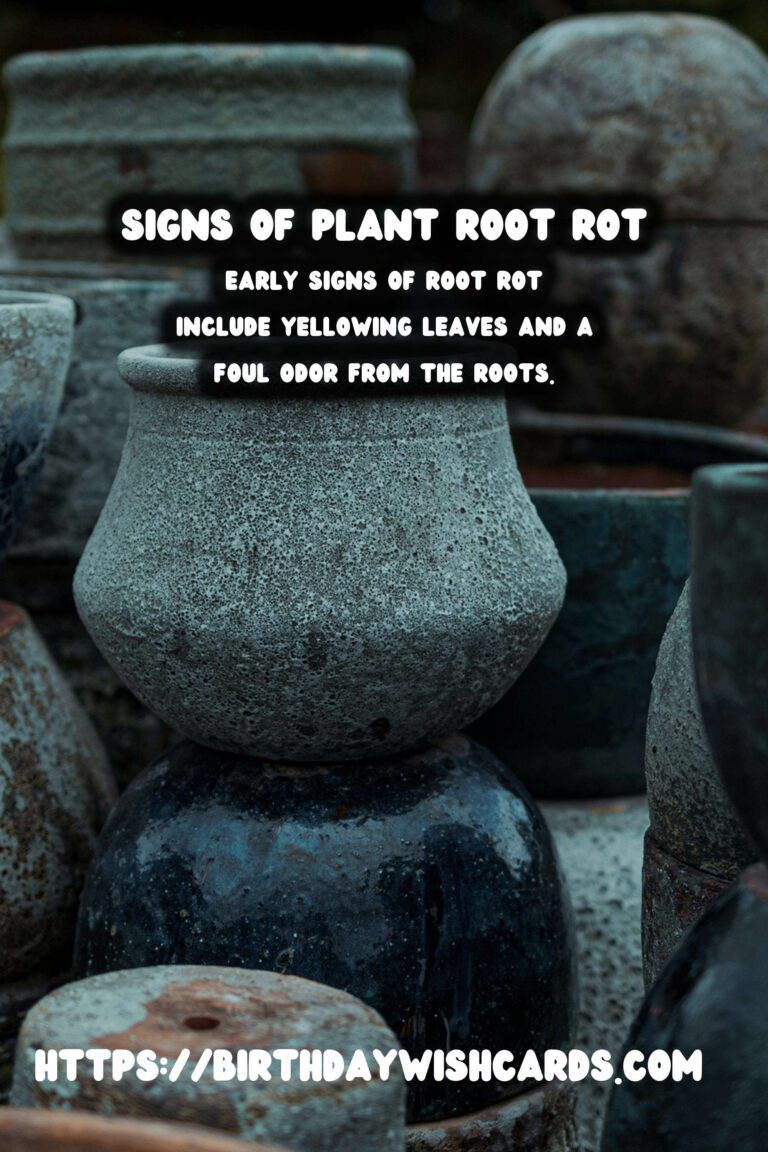
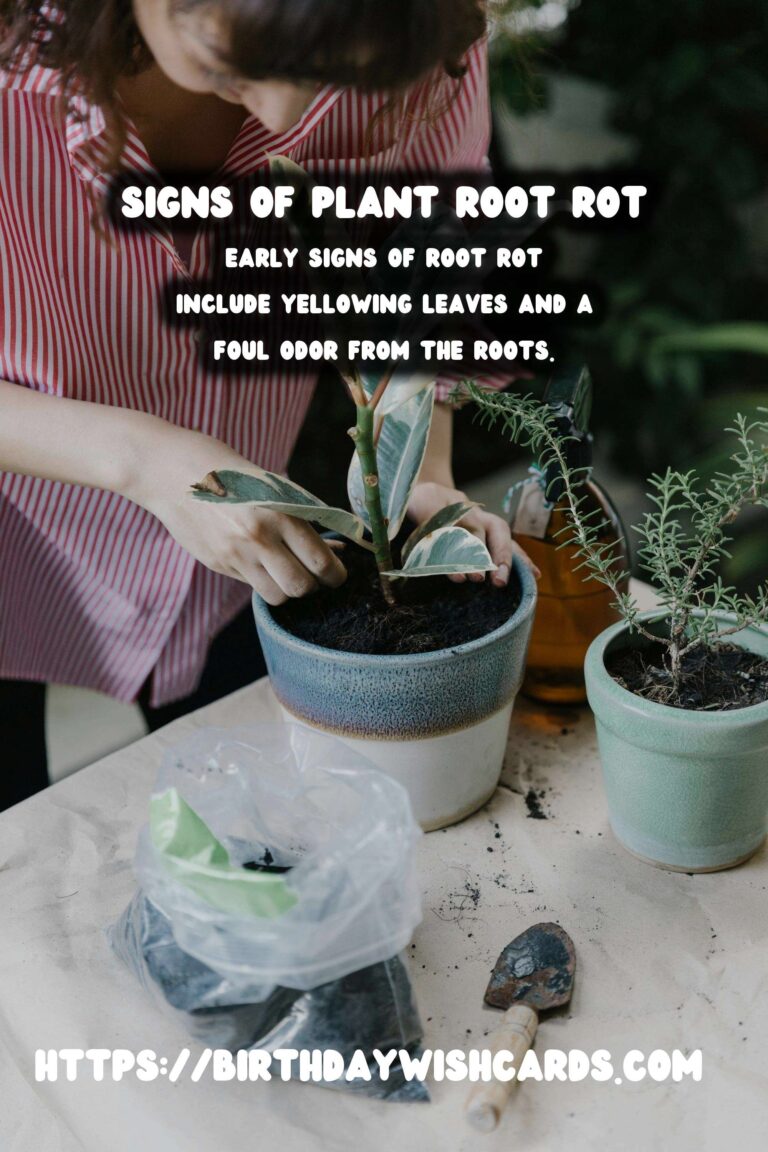
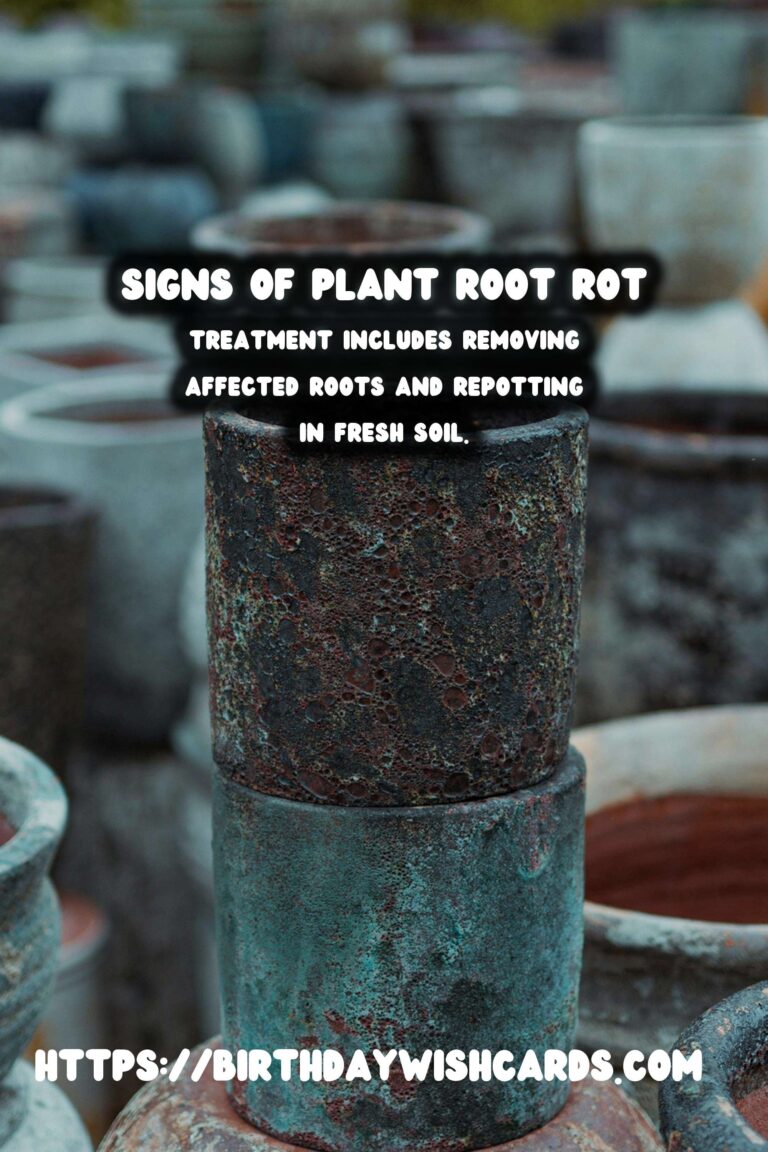
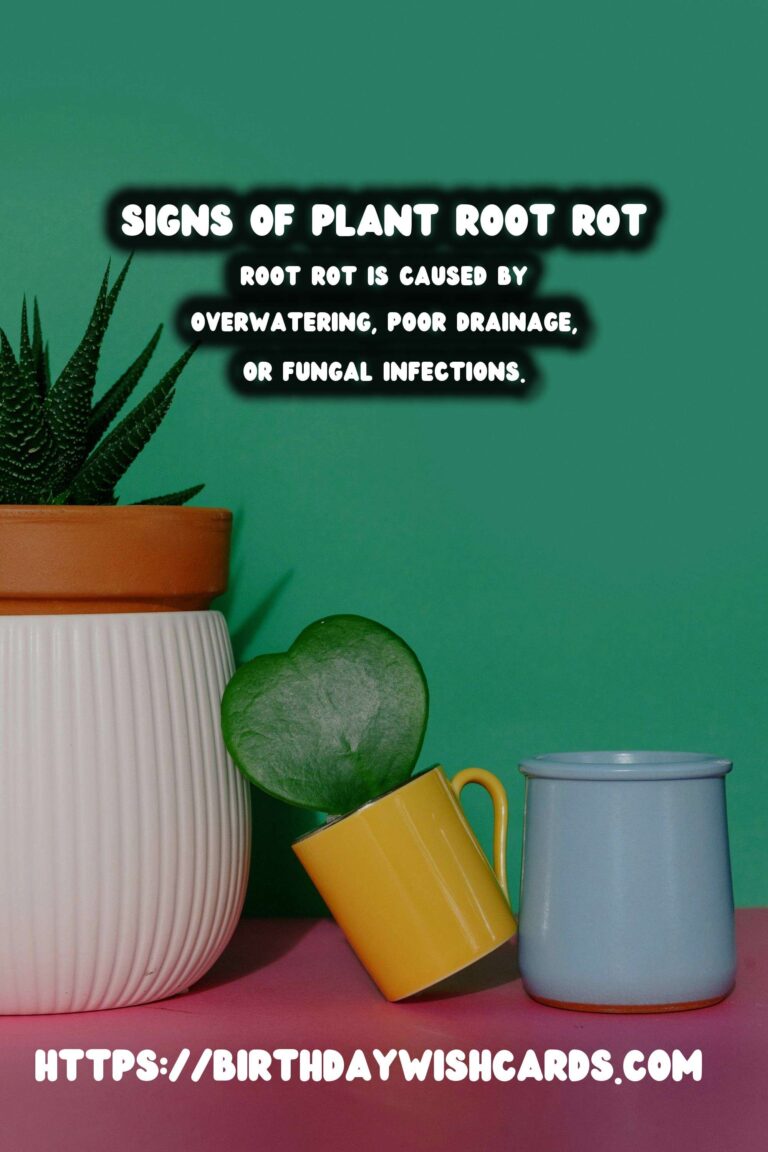
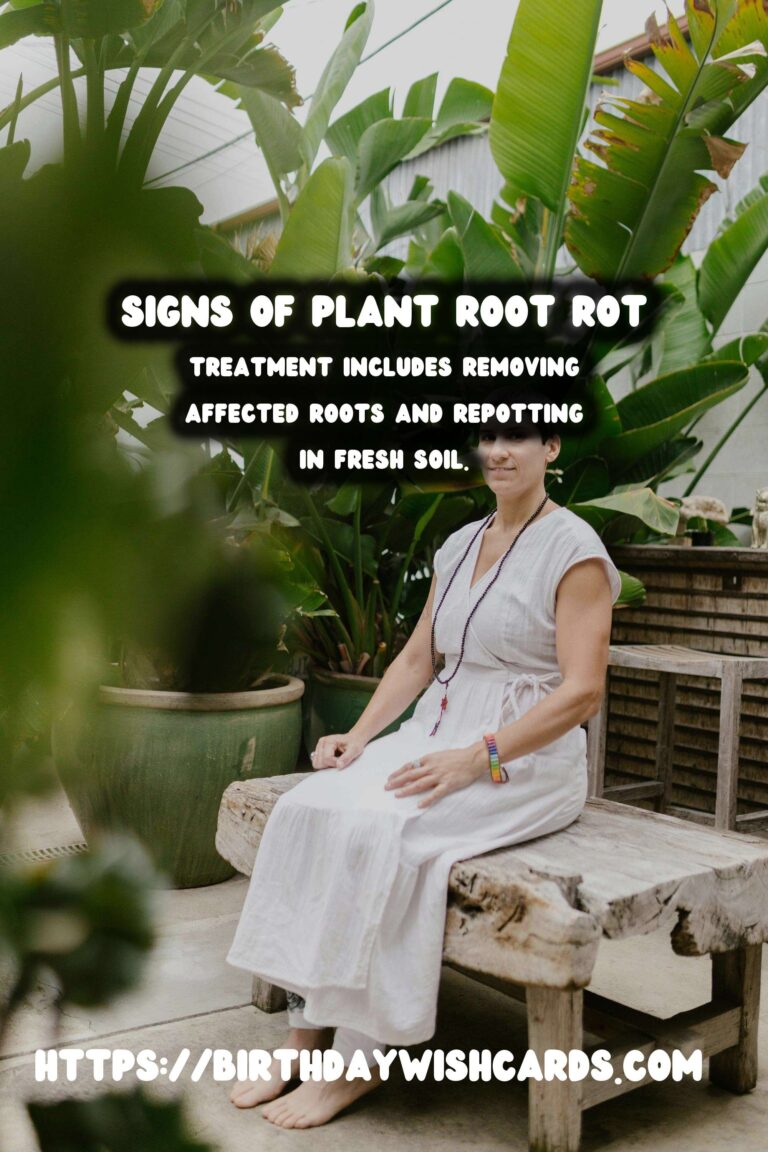
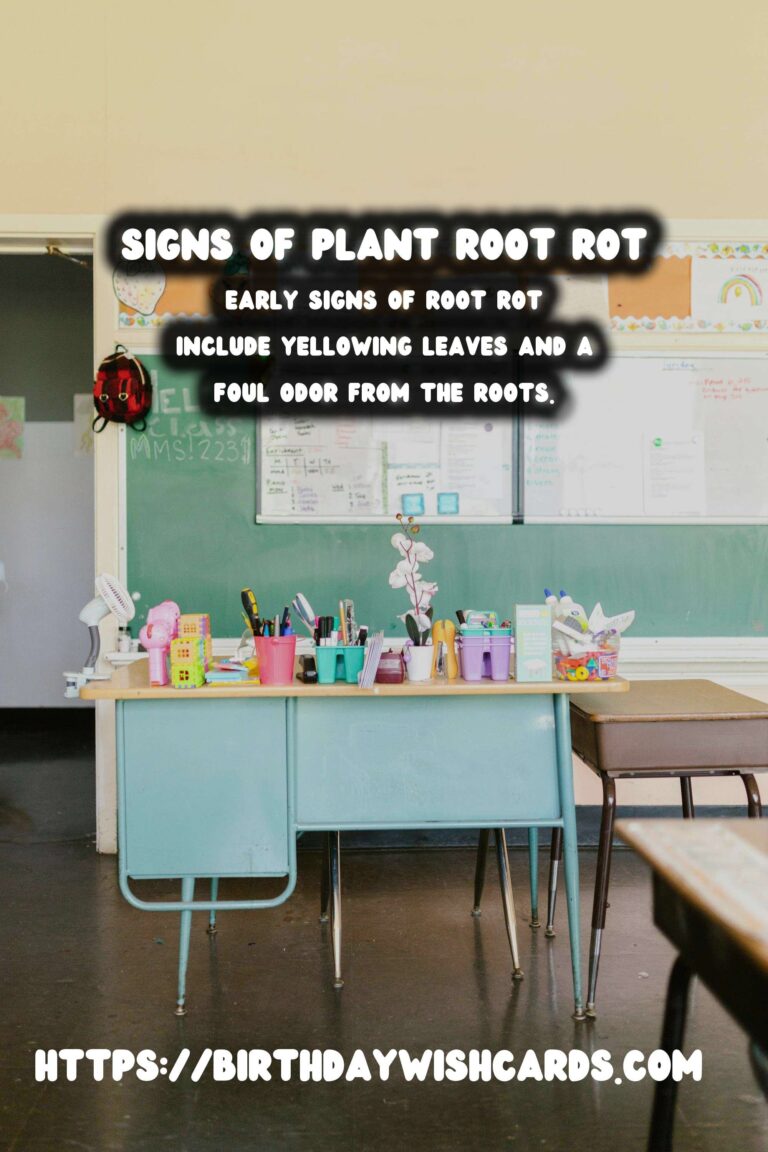
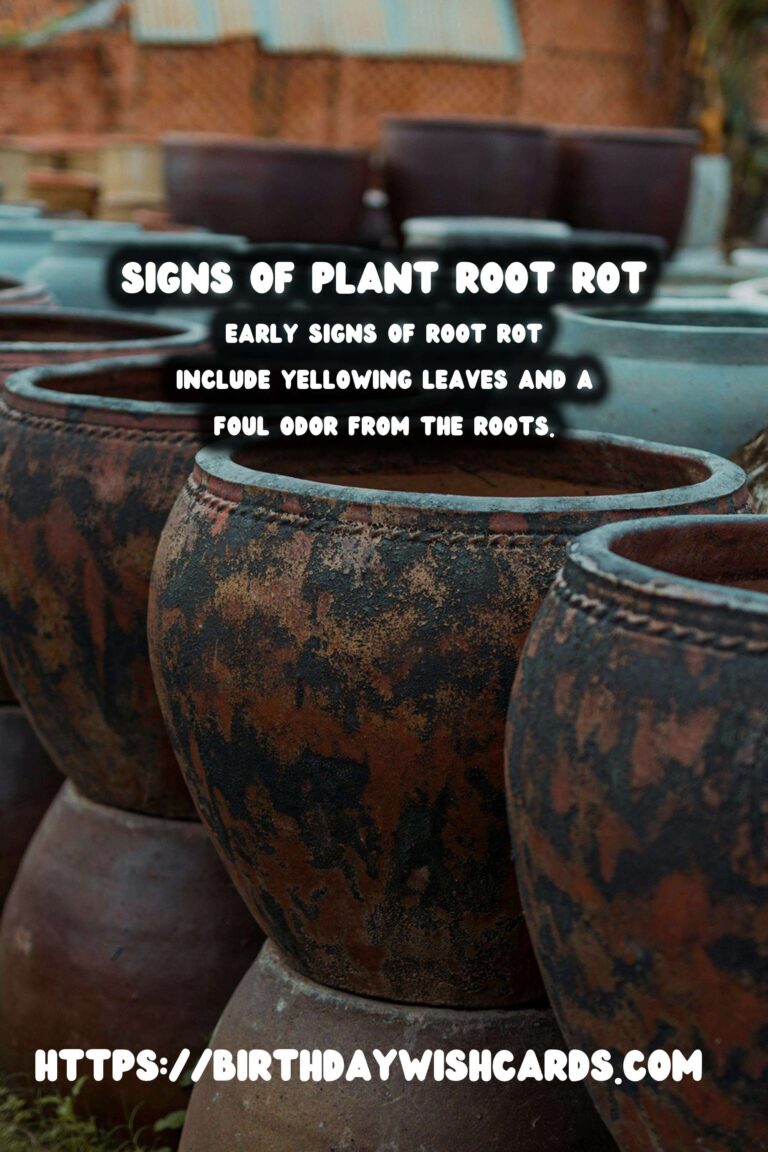
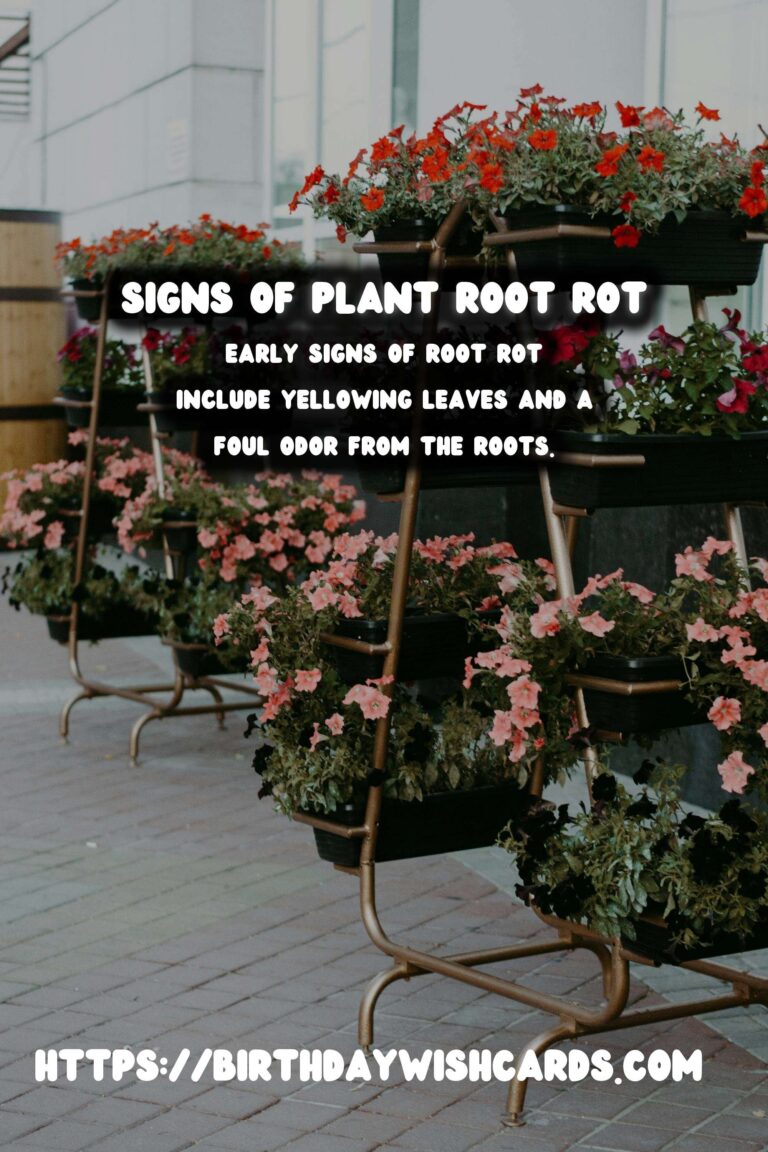
#PlantCare #RootRot #GardeningTips #PlantHealth




